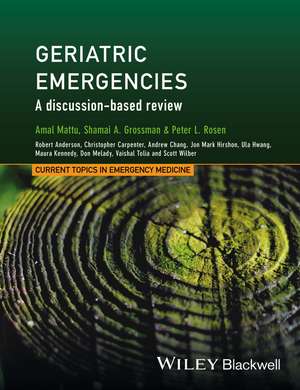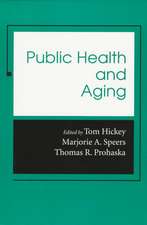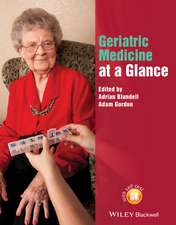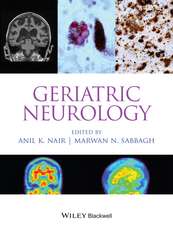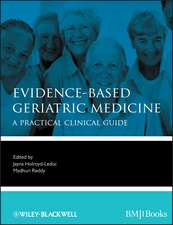Geriatric Emergencies – a discussion–based review: Current Topics in Emergency Medicine
Autor A Mattuen Limba Engleză Hardback – 7 iul 2016
Preț: 736.65 lei
Preț vechi: 775.41 lei
-5% Nou
Puncte Express: 1105
Preț estimativ în valută:
140.95€ • 147.17$ • 116.66£
140.95€ • 147.17$ • 116.66£
Carte tipărită la comandă
Livrare economică 05-19 aprilie
Preluare comenzi: 021 569.72.76
Specificații
ISBN-13: 9781118753347
ISBN-10: 1118753348
Pagini: 448
Dimensiuni: 203 x 254 x 25 mm
Greutate: 0.91 kg
Editura: Wiley
Seria Current Topics in Emergency Medicine
Locul publicării:Hoboken, United States
ISBN-10: 1118753348
Pagini: 448
Dimensiuni: 203 x 254 x 25 mm
Greutate: 0.91 kg
Editura: Wiley
Seria Current Topics in Emergency Medicine
Locul publicării:Hoboken, United States
Public țintă
Emergency medicine and critical care physicians, allied health professionals and trainees in those fields; cardiologists; hospitalists, geriatricians all physicians who see geriatric patients in the acute care setting.Descriere
The elderly represent the fastest growing segment of the population in developed countries, reflected in the patient population presenting to EDs and hospitals. These patients more often than not have greater co-morbidities, more complicated workups and utilize more laboratory and radiologic services.
